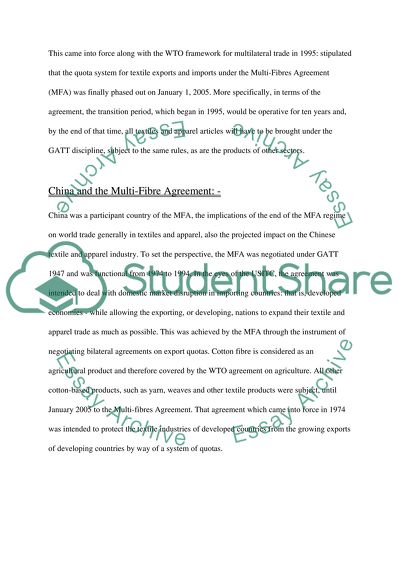Cite this document
(“What was the Multi-Fibre Agreement China and the Multi-Fibre Agreement Essay”, n.d.)
What was the Multi-Fibre Agreement China and the Multi-Fibre Agreement Essay. Retrieved from https://studentshare.org/miscellaneous/1519502-what-was-the-multi-fibre-agreement
What was the Multi-Fibre Agreement China and the Multi-Fibre Agreement Essay. Retrieved from https://studentshare.org/miscellaneous/1519502-what-was-the-multi-fibre-agreement
(What Was the Multi-Fibre Agreement China and the Multi-Fibre Agreement Essay)
What Was the Multi-Fibre Agreement China and the Multi-Fibre Agreement Essay. https://studentshare.org/miscellaneous/1519502-what-was-the-multi-fibre-agreement.
What Was the Multi-Fibre Agreement China and the Multi-Fibre Agreement Essay. https://studentshare.org/miscellaneous/1519502-what-was-the-multi-fibre-agreement.
“What Was the Multi-Fibre Agreement China and the Multi-Fibre Agreement Essay”, n.d. https://studentshare.org/miscellaneous/1519502-what-was-the-multi-fibre-agreement.


